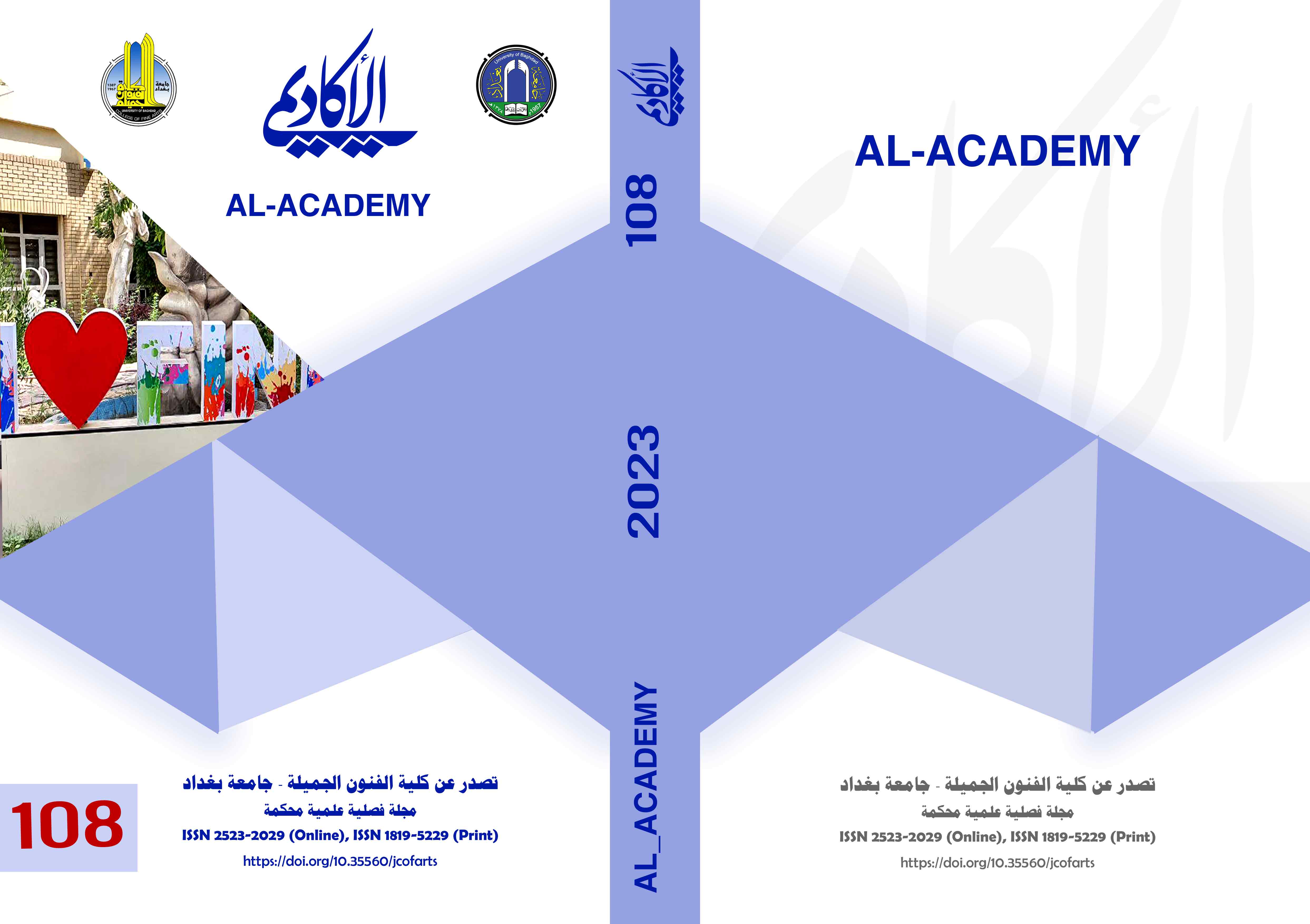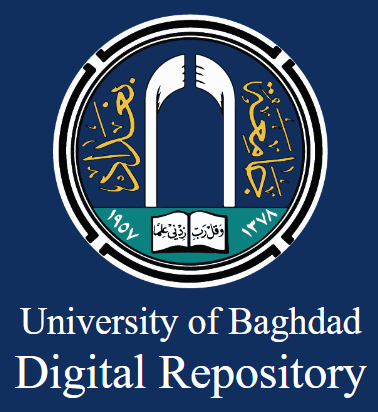The Impact of Geometric Shapes on Modern European Sculpture "An Analytical Study"
DOI:
https://doi.org/10.35560/jcofarts1158Keywords:
geometric shapes, modern European sculptureAbstract
Sculpture began to move towards geometric shapes in sculpture since Cubism, when the Western artist returned all natural shapes to their geometric systems, such as the cylinder, cube, triangle, and square, under the influence of Plato's idealistic philosophy. However, Cubism did not leave the human form, but rather remained as it was, but with clear geometric formal systems... Then the structure of the engineering systems of these sculptural compositions of the Russian builders changed, and the sculptural mass lost its realistic shape and solidity, abandoning the human form. Then dispensation and abandonment of the realistic human form began to escalate and deepen in modern European sculpture at the hands of (Brancusi), and the development of interest in this effect at the hands of artists, as the shapes became repeated cubes and cross-shaped bars forming new geometric structures. The problem that deserves research is: Why did the sculptor turn to search for the most effective new geometric sculptural forms, thus dispensing with the human form? What is the intent behind it? These questions are considered a problem that deserves attention and research.
The research deals with how to be inspired by geometric shapes in modern European sculpture, which depends on the concept of the geometric shape with the development of artistic vision and the emergence of modern artistic schools and movements that dealt with constructive topics that bear the rules and laws of engineering, which began in the industrial revolution and the development of science and technology since the beginning of the twentieth century, which led to The emergence of a new content affected modern art, and artists began to synthesize geometric forms with membership. As for the social, intellectual and technological circumstance, it had a role in accelerating development and even disrupting it, as we notice that the emergence of meaning and modern forms gradually, as the artist faced difficulty in exposing them, and we can note that these changes What happens to content and form, especially in the arts, is due in its references to economic and social changes, and we will find that the new content will eventually be determined by the new forms.
This applies to nature, to society, and therefore to art. A lot of artistic movements appeared, especially in the twentieth century, and the content of these movements was purely geometric, plastic, looking for everything new and unique in the modern era, and starting to use these geometric shapes in the plastic arts and searching for art that is not devoid of the functional side and in line with that policy as well. Technical development and the emergence of materials commensurate with the intellectual discourse of the artwork helped them in this
References
Abdul Muti, F. (1994). Pythagoras, the Philosopher of Mathematics (1st ed.). Lebanon: Dar Al-Kutub Al-Alamiya.
Al-Zoghabi, Y. A.-Y. (1968). The Impact of Environmental Conditions on Architectural Formation: Dialectic Form in Architecture. Cairo.
Flip, S. (1992). Symbol in Art_Religions_Life. (A. a.-H. Abbas, Trans.) Damascus House for Printing and Publishing.
Ibn Manzoor, A. a.-F.-D. (1955). Lisan al-Arab (Vol. Part 3). (T. E. Translation, Trans.) Cairo: The Egyptian General Institution for Authorship.
Ismail, N. H. (n.d.). Systems in Architectural Design (Vol. 3). King Saud University, College of Architecture and Planning,Research and Information Center.
Masoud, H. (1967). Visiting Students: A Modern Linguistic Dictionary. Beirut: Dar Al-Ilm for Millions.
Reed, H. (n.d.). Art Today. (G. A. Muhammad Fathi, Trans.) Cairo: Dar Al-Maarif.
Saliba, J. (1974). The Philosophical Lexicon (Part 1 ed., Vols. Part 1-2). Beirut: The Lebanese Book House.
Sheng, F. (2013). Architecture: Mass, Space, and System. (A. Al-Khatib, Trans.) Egypt: Anglo-Egyptian Bookshop.
abbas Yssin , ayass, & jirjis Nehme , A. (2023). The Role of Context in Graphic Design. Al-Academy, (107), 113–128. https://doi.org/10.35560/jcofarts107/113-128
Abdul Karim muhsin, W. (2023). Functional variables of responsive materials in product design. Al-Academy, (107), 345–366. https://doi.org/10.35560/jcofarts107/345-366
Saad Adnan Al-Hindawi, A. (2022). color methodology to Re-reading the musical notes. Al-Academy, (106), 39–58. https://doi.org/10.35560/jcofarts106/39-58
Jassim Hassan Al Bayati, S., & Salah Rashid, S. (2022). The image of the soldier in contemporary Iraqi painting. Al-Academy, (106), 187–204. https://doi.org/10.35560/jcofarts106/187-204
Downloads
Published
Issue
Section
License
Copyright (c) 2023 Naseer Abdul Karim Abboud

This work is licensed under a Creative Commons Attribution 4.0 International License.













